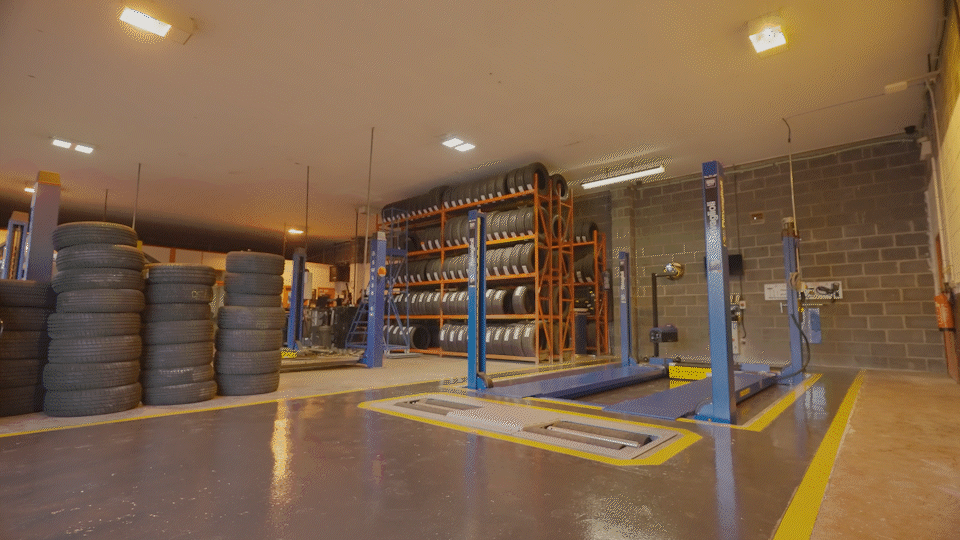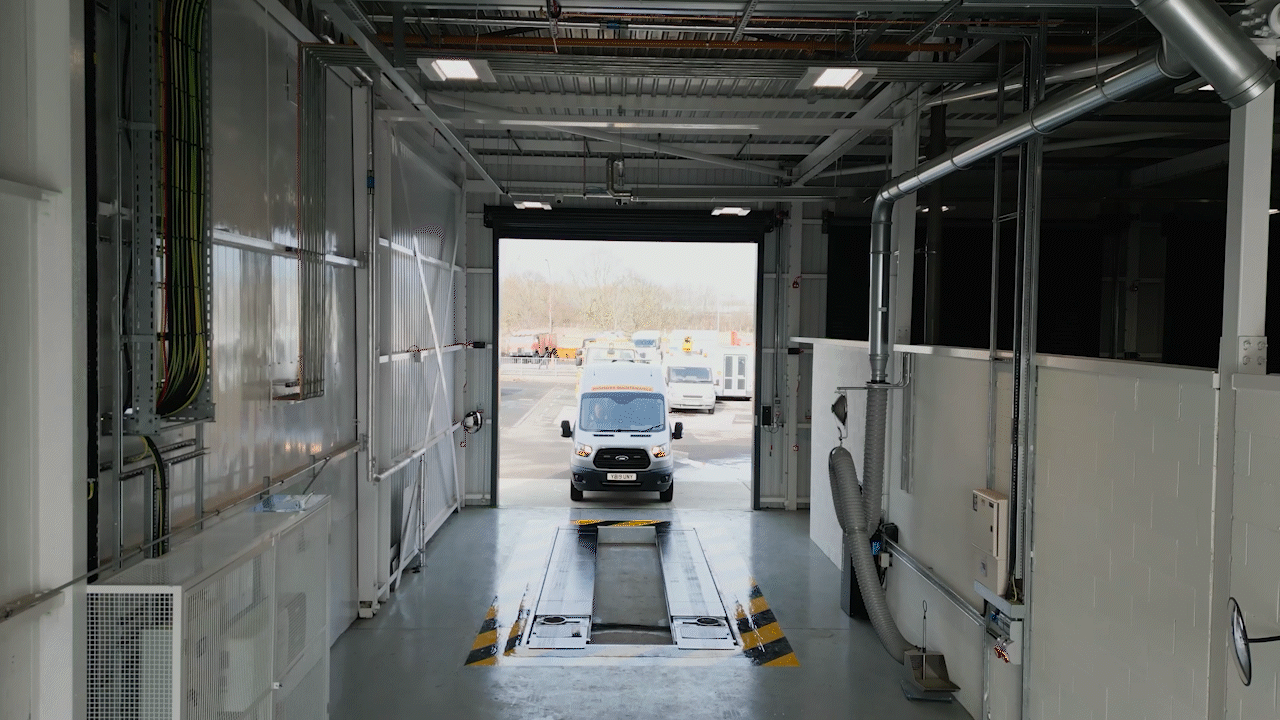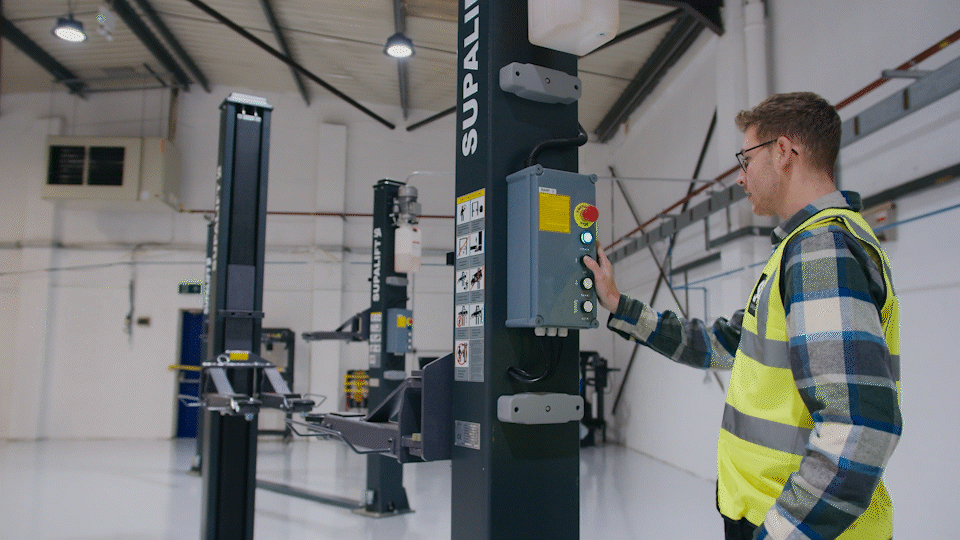How to Use a Wheel Balancer: A Comprehensive Guide

At JHM Butt, we understand the importance of keeping your workshop equipment running smoothly and efficiently. In today's competitive automotive service industry, offering complete tyre care is essential.
Wheel balancing is a fundamental, yet often overlooked aspect of tyre maintenance. Imbalanced wheels can cause vibrations throughout the vehicle, leading to a poor driving experience, uneven tyre wear, and increased strain on suspension components.
A wheel balancer allows you to quickly identify and rectify these wheel imbalances, ensuring smooth operation, extended tyre life, and happier customers.
Investing in a reliable wheel balancer demonstrates your commitment to comprehensive tyre care and positions your garage workshop as a one-stop shop for all things tyres.
Let’s go into our comprehensive guide on how to use a wheel balancer in your garage.
Preparation:
Taking a few moments for proper preparation before wheel balancing can significantly improve efficiency and accuracy. Skipping these steps could lead to inaccurate readings or weights being placed in incorrect locations. This not only wastes valuable time with re-balancing, but can also result in persistent vibrations and negate the entire balancing process.
- Safety First: Ensure the wheel balancer is switched off before starting.
- Hub Adapters: Select the appropriate hub cone for the wheel's centre bore to guarantee centred rotation during balancing.
- Weight Removal: Remove any existing weights using weight pliers (steel wheels) or a removal tool (alloy wheels).
Mounting the Wheel:
- Centre the Hub: Slide the chosen cone onto the balancer's spindle, ensuring the conical head faces outwards.
- Mount the Wheel: Carefully place the wheel onto the spindle, aligning the centre bore with the cone for proper centring.
Balancing Process:
- Power Up: Turn on the balancer according to the manufacturer's instructions.
- Initiate Spin Cycle: Most balancers have a foot pedal or button to begin the spin cycle.
- Identify Imbalance: The machine will detect any weight discrepancies and display the imbalance location (typically on a screen or via LED lights).
- Weight Selection: Choose the appropriate weight size, based on the machine's recommendation.
- Weight Placement: Attach the weight to the rim at the indicated location, ensuring it is firmly secured (usually behind a spoke for alloys).
- Refine and Repeat: Perform another spin cycle to verify balance. If necessary, add smaller weights or adjust existing ones for optimal balance.
- Calibration: Regularly calibrate your wheel balancer according to the manufacturer's guidelines to ensure accuracy.
Additional Tips:
- Rim Cleaning: Clean the inner surface of the rim where the weights will be placed for better adhesion.
- Split Weights: For alloy wheels, consider using split weights on both sides of the rim for a more balanced aesthetic.
- Machine Specifics: Always refer to your wheel balancer's user manual for detailed instructions and functionalities specific to your model.
By following these steps and utilising the proper techniques, you can ensure efficient and accurate wheel balancing in your garage. Remember, a well-maintained wheel balancer and a skilled mechanic are key components of a successful workshop.
If you’re in the market for upgrading or equipping your garage with a new wheel balancer, we can help. JHM Butt & Co stock wheel balancers from Supalign. They are leading the way in the garage equipment sector, producing premium quality wheel alignment machines, tyre changers & wheel balancers. Click here to see our range.
At JHM Butt, we offer a wide range of high-quality wheel balancers and other garage equipment. Our team is here to provide expert advice and support to keep your workshop running at peak performance. Contact us today to discuss your wheel balancing needs.













